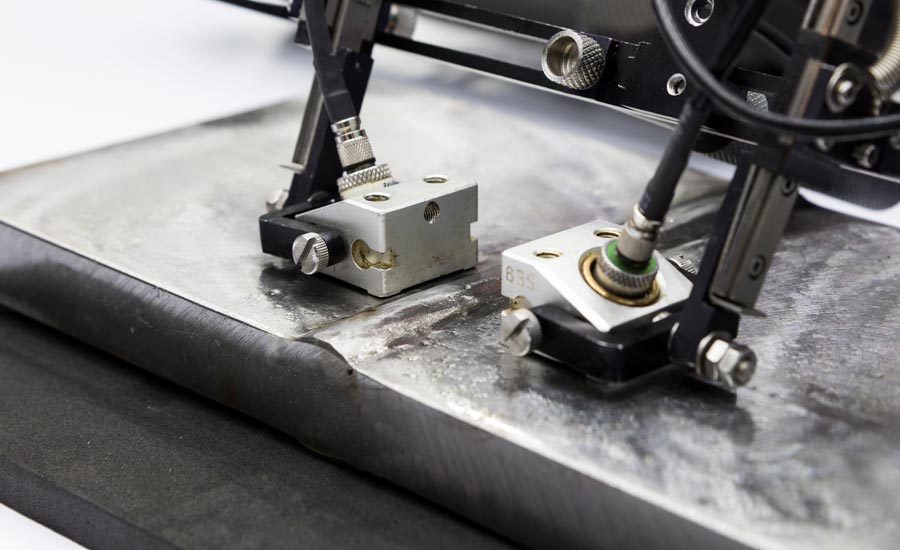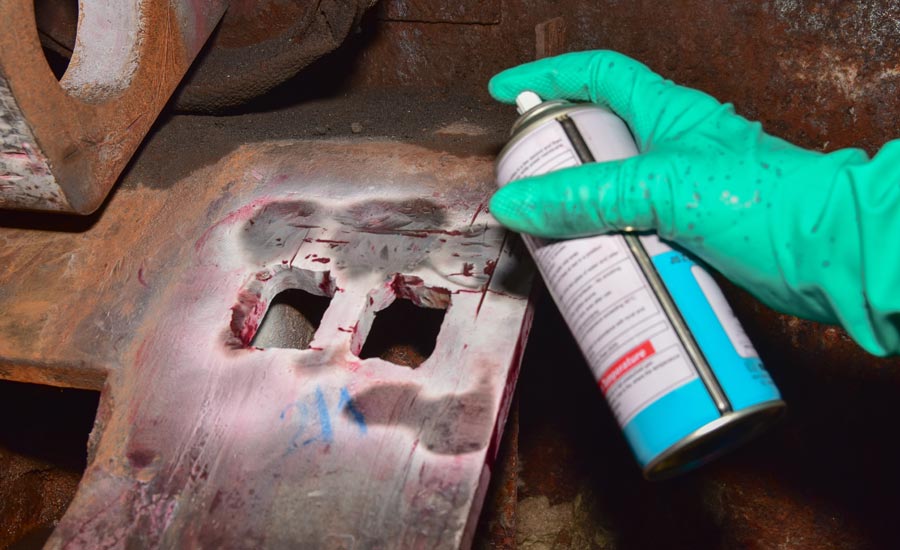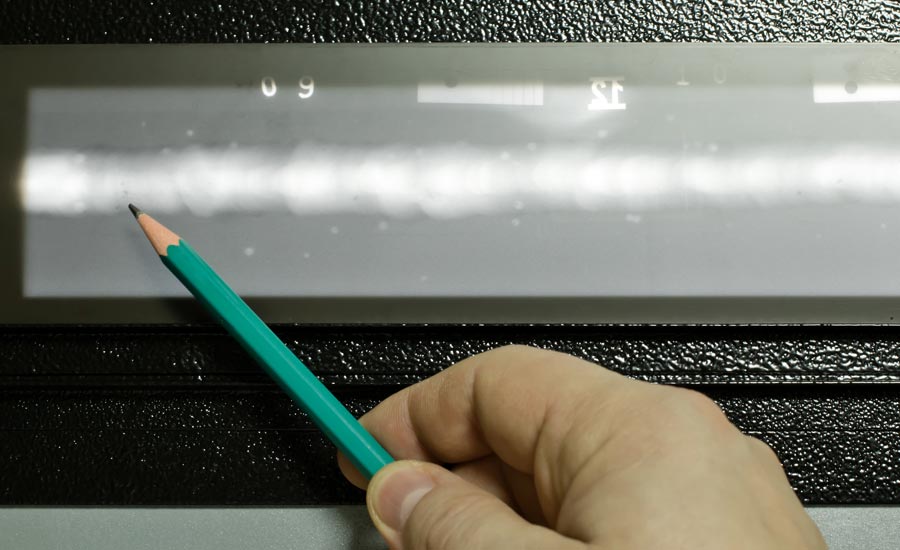The NDT industry faces a range of challenges today, from labor shortages to changing technology to issues with ethics.
Quality spoke with a host of NDT experts to discuss how the field has changed in recent years, trends, and challenges related to working with NDT technology. A common theme emerged: new equipment continues to enter the NDT industry but finding personnel is still a struggle.

ASNT Executive Director Shares His Perspective On NDT
 Neal Couture, ASNT’s executive director, discusses trends in the industry, the ethics issues with NDT today, and how to recruit future NDT professionals.
Neal Couture, ASNT’s executive director, discusses trends in the industry, the ethics issues with NDT today, and how to recruit future NDT professionals.
Bob Henchar, quality manager /NDT RL3, Milan Tool Corp., has spent 40 years in the NDT field, though he notes many in the industry have more years of experience. By far the biggest change he’s seen in his time has been the technology. “The biggest change, with a method such as radiography, when I first started, it involved thousands of sheets of film,” Henchar says. He notes that even though certain aspects of industry are still using it, digital has grown. Or for ultrasound equipment, he notes something that used to be the size of an old desktop computer with knobs to push, is now the size of a tablet.
The equipment continues to progress and adopting it is easier the sooner you get on board, he says.
Automation and Digital Skills
Marybeth Miceli is the executive director of NDTMA, principal of We-NDT Marketing Network, and president of Miceli Infrastructure Consulting, LLC.
As with manufacturing in general, Miceli says, “The main thing is the trend towards
automation, machine learning, and artificial intelligence. Industry 4.0 stuff is huge right now and everybody’s talking about it.”
“The biggest problem with the industry is that there’s not enough people,” Miceli says. In addition to looking for more personnel, she said companies are “also now looking for people who can handle a lot of software programs.” In other words, skills “that traditionally were more on the computer science of the field,” she says. “For example, if I’m seeing this kind of data what does that mean for the inspection that I’m doing? People are having to upskill or learn other methodologies. It’s a challenge right now.”

Personnel and Ethics
Antionette (Toni) Bailey of TB3 NDT Consulting LLC is an ASNT NDT Level III in five methods with NAS 410 Level III and IRRSP certifications. She describes how the field has changed in recent years. “We lost some key management personnel such as responsible Level 3 roles. Companies can’t find replacements and struggling to convince younger people to take on responsibility for low pay. This is forcing companies to sharpen their financial pencil and pay people better, which is good. But management is struggling to learn how to treat people respectfully so young people who take in the roles surprise management by quitting shortly after taking the role. Management is not used to lack of loyalty to the company so HR and management have some learning curves on how to treat people better to keep them longer regardless of the pay.”
In addition, there are challenges with experienced professionals as well, Bailey says. “Older workers are quitting because they refuse to adapt to updated technology and change. Some large aerospace Primes lost 50% of their knowledgeable NDT upper management. This left inexperienced people to fall into those roles before they are ready. Companies are suffering due to the lack of experience and lack of training. It is having a huge impact on lower quality products manufactured and people just don't care about doing the right thing. I am concerned that flawed products are rolling out the door.”
When asked about trends in NDT today, Bailey said, “The trend is poor quality, lack of leadership, poor business management and the financial demagoguery is taking over in a way that is unethical. NDT people and QA people are violating rules and not caring. ASNT has mentioned that more people are reporting foundational ethical violations every week. This is a terrible thing.”

The Good and the Bad
George Hopman of NDE Solutions Inc. offered his perspective on the industry today.
“Regarding current trends, there are both positive and negative trends,” says Hopman. “All is not rosy on the horizon.” He outlines his perspective on trends here:
“First, regarding qualification and certification of Level 2 inspectors. NAS 410, the standard for all military and aerospace work was revised in 2014 to reduce the amount of on-the-job training needed in ultrasonics, radiography and eddy current. The time requirement was halved from 1600 hours to 800 hours for these more difficult inspection methods as compared to liquid penetrant and magnetic particle inspections. Thus, less experienced inspectors are accepting hardware. One could say lowering qualification requirements does not result in better inspectors.
“Second, the trend continues for a shortage of men and women entering the NDT field. Perhaps that is why the requirements have been reduced. On the upside, there are a greater percentage of women entering the field.

“Third, there is a growing shortage of Level III/3 inspectors. To progress to a Level III/3, the inspector needs to pass a more difficult set of tests. Communication skills, both verbal and written, are essential for a successful Level 3. Computer skills are indispensable within the industry. Some individuals are only working with one test discipline while multi-discipline individuals are increasingly sparse.”
Hopman also mentions the growing trend toward robotic handling of components during the inspection process, adding, “Speaking strictly from an aerospace perspective, machine vision has yet to be an adequate substitute for the visual scrutiny of a certified inspector.”
He also notes, “Phased array ultrasound has displaced the older multi-zone inspections pertaining to the inspection of billets. PAUT has also dramatically increased the accuracy of production weldment inspections.”
And finally, he says, “Digital radiography continues to get better and less expensive. All major aerospace companies embrace the technology and the accompanying ASTM standards are mature in their requirements.”







